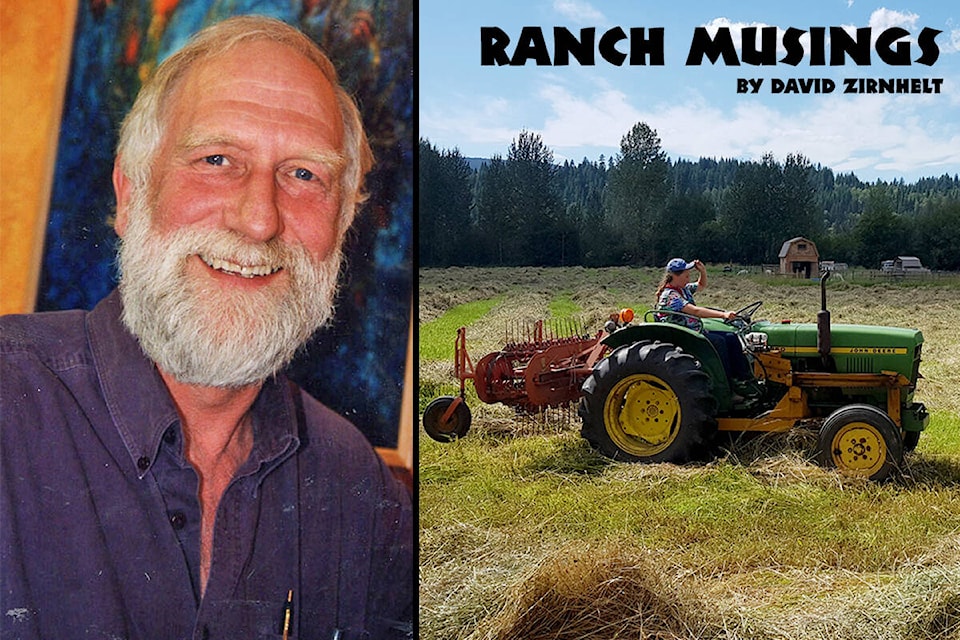One of the privileges I have is sitting on the Board of Directors of the Farm Industry Review Board of B.C. (FIRB).
We are a panel of people experienced in various aspects of agriculture relevant to our tasks mandated by various B.C. laws.
Our functions involve supervisory oversight and appeal hearings from the decisions of milk, egg, chicken, turkey, pork, vegetable and cranberry marketing boards.
We also hear appeals from animal seizure decisions of the SPCA, and from aggrieved persons who challenge the practices of neighbouring farmers. They may think a farm is causing a nuisance (smell, noise, pests).
In doing our job, we usually set up panels of a few members, which conduct legal hearings into the matters under dispute.
In effect, we make the administrative law in the above-mentioned areas of agriculture. Our decisions can be appealed to a judge in the court system, but it is usual for the judge to defer to us, although they oversee us in respect of fair process.
We must ensure we use best practices in hearing persons that are appealing even if they do not have legal representation when they appear to argue their case. We rely on expert witnesses in the agriculture field to inform our decision-making.
That said, we try to keep up on developments in agriculture so our decisions reflect changing best practices. We are charged with ensuring fair marketing in the areas of agriculture under our purview.
We yearly visit farms and related operations to better understand challenges to the sector. Last week we visited several operations. A visit to a state-of-the-art greenhouse operation in Boundary Bay informed us about greenhouse challenges in a time of rising energy costs. We saw how excessive sunlight can be shaded from plants by helicopters spraying acres of greenhouses with a shade-creating substance, which can be washed off after the hot summer by another spray, also applied by helicopter.
We also saw the latest in growing media for plants started for replanting into other locations, i.e., shredded coconut shell making a water-holding medium for the pots.
This industry is moving toward capturing carbon dioxide and recycling it to the plants, as well as various other greenhouse gases (GHGs) like nitrous oxide and methane.
We also learned that special shade cloth suspended above the plants as a ceiling can keep much of the heat at the peak, to be used to heat tanks of water captured from rain runoff, which can then be recycled as warmed water to the plants during cooler parts of the day.
At the UBC dairy research station at Agassiz in the Lower Mainland, we saw the site of the animal care research into the handling of dairy calves—they are separated from their mothers, but recent research has found that they do better when left in groups for company. It has been the practice that calves were kept in individual huts to ensure they get the nutrition they need.
A final stop in our tour took us to a recently opened food hub in Abbotsford where food processors can rent food preparation and storage equipment for proving their product without the large investment upfront before the product is proven viable. Such a hub exists in Quesnel.
These hubs help get local food into public institutions such as schools, hospitals and prisons.
All this is to aid in the furthering of the markets for B.C. products. The more food we produce locally, the theory goes, the more secure we will be in our food supply. The food system needs to be governed, maintained, and supported.
newsroom@100milefreepress.net
Like us on Facebook and follow us on Twitterstrong
